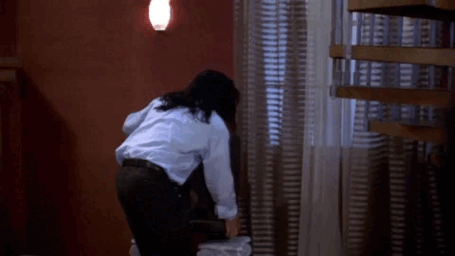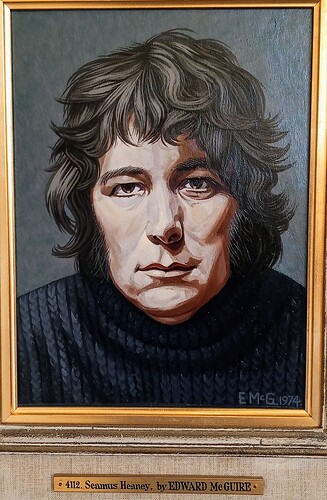A profile of artist Luigi Serafini that describes his art-filled home as well as his book, Codex Seraphinianus. It also covers why his home is at risk ![]() :
:
So how much does an average fine artist make? Here are some figures
Median income for a fine artist: £12,500 per year .
Median total income (including supplementary work): £17,500 per yearThe UK median wage is approximately £34,963, indicating that many artists earn significantly less than the average worker.
If you’re a painter it’s bleaker still, with median earnings of £7,500 per year.
A Woman? Female artists earn around 40% less than their male peers, lower socio-economic groups have a similarly tough time.
To top it off, since 2010 artists’ incomes have decreased by approximately 40%. We’re all doomed!
So how do they survive? Multiple income streams is the key. That might mean having a day job but within the arts sector here’s how it breaks down.
Direct art sales (20–40%),
Gallery representation (10–30%)
Grants and public funding (0–20%)
Teaching and lecturing (10–40%)
Commissions (10–25%)
Prints and merchandise (5–20%)
Residencies (0–10%)
Art fairs and markets (0–15%)
Licensing and royalties (0–10%)
Crowdfunding and patronage (0–5%)
Freelance creative work (5–25%)
Awards and prizes (0–5%)You can begin to see why your parents may have tried to nudge you towards accountancy or medicine.
But, we never did it for money did we? We paint for more mysterious reasons, if we had all the money in the world we’d still be painting, for many of us it is the very best use of our time, whatever the cost.
Extract from a newsletter I get from one of the painting/drawing groups I sometimes attend
I visited the British Museum yesterday. Maybe it was fatigue, but I saw this, read the placard, and just started weeping.
“Thanks for the dirt from your little island. We’ll just add it to our collection.”
For fuck’s sake, give it back
It’s really beautiful work. However, I was looking at this page, and noticing the press using the title “Lonesome Legends” above an image of cowboys correctly depicting them working in a group. That’s the part of the “mythology of the Western” I really wish would die in a fire.
Your post reminded me of stories like this one about women in music struggling to survive / fight back against forces designed to reduce what little income they get:
Artists deserve better than to be treated like this. We need to push for systems that guarantee a minimum quality of life for all professionals.
https://news.artnet.com/art-world/guerrilla-girls-40th-anniversary-2624211
No preview, sorry.
Here’s some of their recent(ish) work
If you’re in NYC…
She had a remarkable eye for the extraordinary and intimate.
Not sure how I would feel about that hanging system, maybe wear bright colours and go as a Mondrian? Seriously, it does look like it would work better than densely packed walls.
17 years old, just look at the roiling sea.
I can see how it fits with the name of the exhibit; “Constellation”, though. You can see off into the distance through the rack arrangement. It would have been even more apt to put the most recent works at the front, and gradually go back in time to the earliest ones at the end, as we see with photos of the universe.
The display system is reminiscent of the racking system used to store framed works.
ETA, and of course, the male curator gave her male mentor pride of place, displayed prominently above all her other works.

I suspect the lesson will be lost.
I suppose if the alternative is to leave it to rot
Portraits from the National Gallery of Ireland’s portrait collection.
Apologies for reflections & other artifacts; it’s hard to take photos of art under glass sometimes
Sinead O’Connor by Hugh O’Conor, 2014
Shane MacGowan (in Filthy McNasty’s bar, London) by Andrew Catlin, 2001
Image of Bono by Louis le Brocquy, 2003
Paddy Moloney (founder of the Chieftains) by Edward McGuire, 1982
J.P. Donleavy by Kim Haughton, 2015
Samuel Beckett in Paris, by John Minihan, 1985
de Lempicka led an amazing life, it seems.










